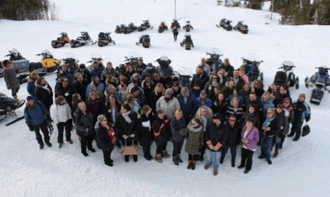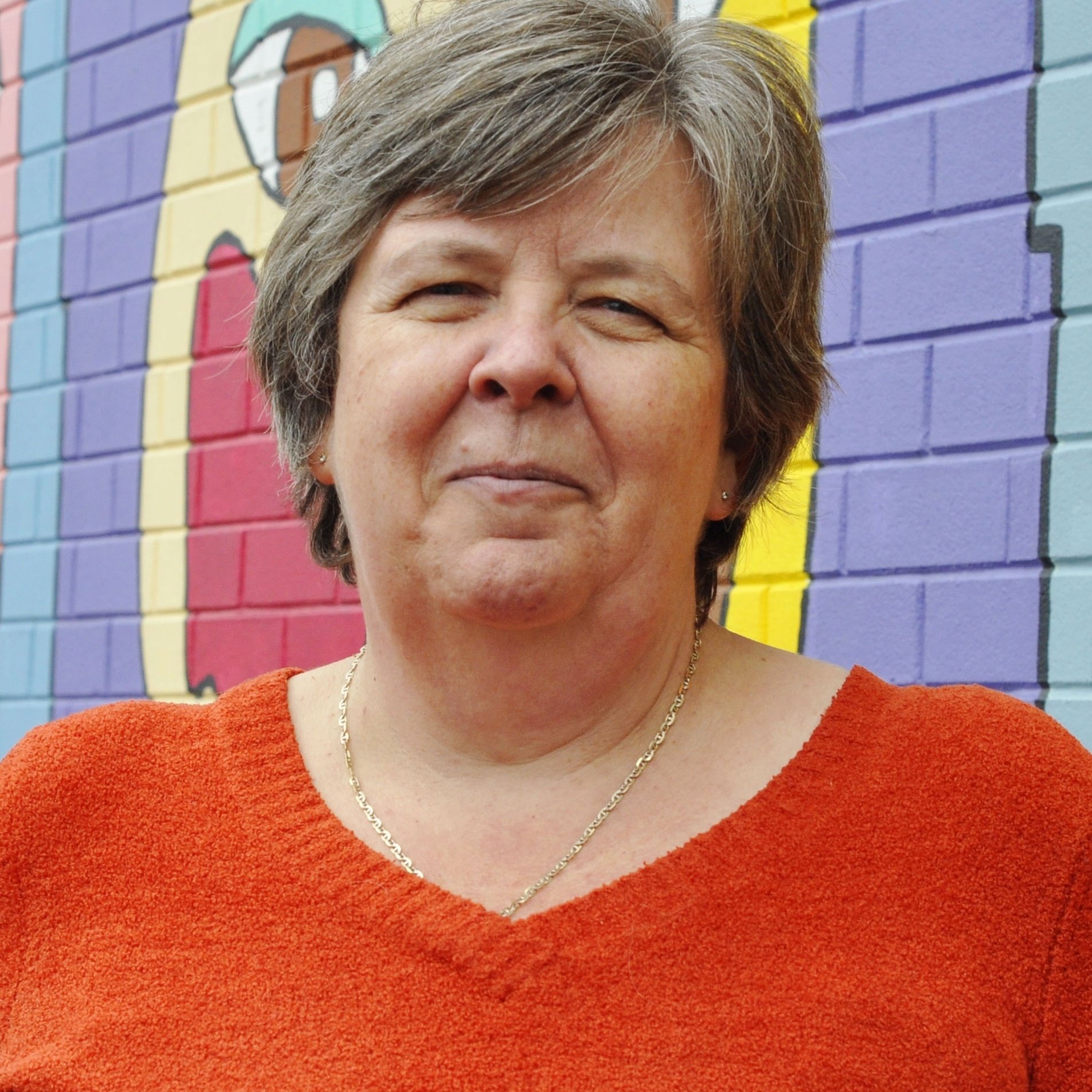
It was early spring 2017 when a collective impact and community engagement capacity building gathering was held in La Tabatiere, Quebec. This tiny, isolated community of 499 residents hosted more than 100 colleagues from across the Lower North Shore region over three days, many arriving by snowmobiles and air as there are few roads that lead to the community in the winter.
The participants experienced a deep dive into four curriculum content areas including collaborative leadership, community engagement, community development and collective impact. The curriculum was designed to create a common language for all participants and to have them discover the great work that was already happening in the Region. In addition, the participants also learned about education and community-based success stories which were already driving innovation into the region.
Those attending the workshop had the opportunity to also contribute their thoughts to the design and future development of the Lower North Shore region by engaging in deeper dive conversations. These conversations focused on moving forward; seniors programming and funding; economic development and employment; agriculture; municipal infrastructure; nutrition education and Nutrition North; tourism; youth education; transportation and fishery/bio-development. Many of the community conversations built on the education and community success stories. These community and education success stories highlighted innovation leveraging the natural resource of the Region. Each of the community conversations identified three steps for moving from learning into action.
One of the key deliverables was a report back to the participants and community. This report documents the learning event, participant feedback and outcomes. Checking in one year later, there continues to be an enthusiasm for growing the economic diversity of the region and working collaboratively across different groups. Innovation is seeded by strong leadership, a stick to it attitude, and connection. The citizens of Lower North Shore of Quebec have these qualities. They also have the impatience of waiting for others to get things done. They move forward.
In 2018, the first cohort of students will graduate with a Masters in Environmental Sciences from the University of Quebec spending most of their program learning on the Lower North Shore. The LNS BioProduct Solidarity Coop is working on a new line of products to be launched soon. And AGRO, a regional growing initiative, has conduced an assessment of the produce needed to keep citizens across the Lower North Shore healthy. They will be looking at different crop plantings to grow enough fresh produce for the local market.
Community Innovation does come in all sizes. The Lower North Shore region of Quebec may be home to only 5.505 residents (2006 census) across 5 municipalities communities and two First Nations communities in La Romaine and Pakaushipi, but the spirit of community change and impact is significant.
Go Further:






